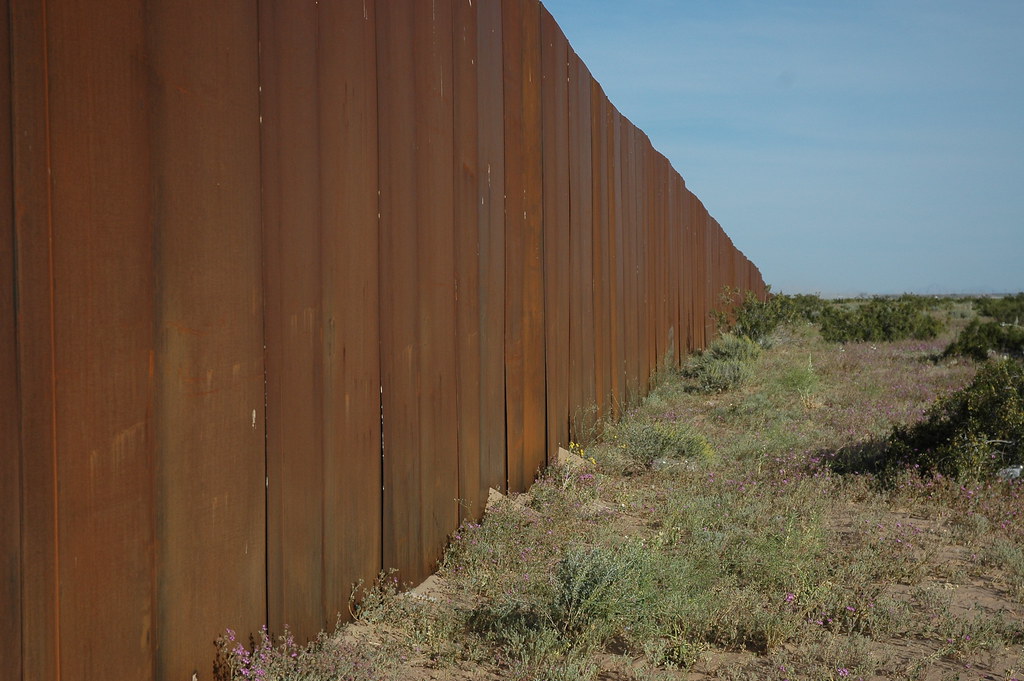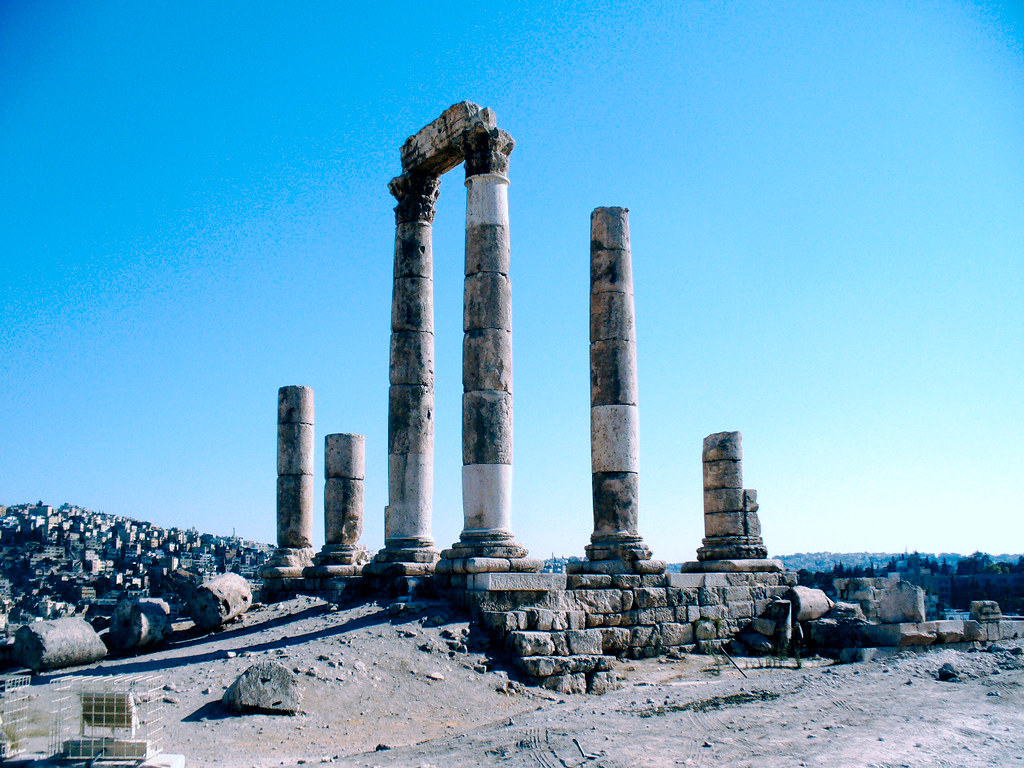8 Things You Have To Know About The Dutch Verzuiling Posted by Sten on Oct 2, 2015 in Culture
A significant development in the history of the Netherlands is the so-called verzuiling. It could be translated as pillarization (zuil = pillar). So what does that mean? When did it happen? Who is it about? And, maybe most importantly… Why?
1. It divided society
Yes, this is a very bold point, and tells you a bit what verzuiling actually entails. Verzuiling really means “verdeling in scherp gescheiden groeperingen” (division in sharply separated groups) of society. These groups would differ in their views on life, their exact religion (Catholic, Protestant, non-religious, etc.), and political views. Verzuiling refers to a process in which society becomes more and more divided in these zuilen.
2. The Netherlands had 4 zuilen
In the Netherlands were 4 discernable zuilen: the sociaal-democratische zuil (social-democratic pillar), the protestants-christelijke zuil (Protestant-Christian pillar), the rooms-katholieke zuil (Roman-Catholic pillar) and the liberale / algemene / neutrale zuil (liberal / general / neutral pillar).
3. The word was created already in the 1930s
Documents from the 1930s mention the term verzuiling for the first time. It takes another twenty years before it is a commonly known and used term, however. It became a much used term to refer to this division of society.
4. Verzuiling started with the schoolstrijd and the kiesrechtstrijd
In the late 19th century, Christian groups in the Netherlands started to oppose the libertarian way of organization of the state. The strong division between church and state was the reason why the government only funded neutral, non-religious schools. Bijzonder onderwijs (special education, that is, religious education) was rejected by the libertarians. These opposing views led to the schoolstrijd (school war), in which the religious zuilen started to exist and collaborate to obtain the right and funding for such bijzonder onderwijs.
At the same time, the industrialization led to a huge amount of workers, and the new arbeidersklasse (workers class) appeared. The socialist ideas became the identity of this class, and led to the formation of the Sociaal-Democratische Arbeiders Partij (SDAP), which would later, after a merger with other much smaller parties, become the current Partij van de Arbeid (PvdA). This arbeidersklasse would form the sociaal-democratische zuil.
Next to the schoolstrijd, there was the kiesrechtstrijd (suffrage war). Similar to the United States, the progressives wanted suffrage for all, not just the very rich men. This was opposed by catholics, old liberals, and conservatives in the Netherlands.
In 1917, with the pacification signed by the leaders of all four zuilen, and it settled that the special education would get funding from the government, and that suffrage would be introduced for men. In 1919, women could vote as well.
This did not address how verzuild the people were already socially. Each zuil had its own churches (if any), news papers, radio channels, clubs, even jobs and shops. That means that an employer would sometimes require his employees to be from a certain zuil.
5. The government led pacificatiepolitiek to avoid conflicts
In the years following 1917, the government and politicians would lead pacificatiepolitiek (pacification politics) in order to avoid further conflicts between the different zuilen. The idea is that instead of solving problems, conflicts are avoided. So concensus is formed, and the problems between zuilen was left aside. This led to an even further entrenched society, but prevented the Netherlands to fall apart in different small states due to these growing, problematic differences between the zuilen. It allowed the Dutch to become a stable society.
6. The Second World War did NOT remove the verzuiling
You might think that the World War II would have removed the verzuiling, as the bezetter (occupier = Nazi Germany) centralized many verzuilde facilities. Also, people worked together against the Nazis in the verzet (resistance), regardless from what zuil they were.
However, after the War, the different groups could still not come towards each other. The PvdA was created from the socialist SDAP, yes, but since the socialists in that Party were in the large majority, and with a great lack of religious members, it was effectively still socialist. There was a Nederlandse Volksbeweging (Dutch People’s Movement), a new kind of party for progressives united against authority, regardless what religion they had. This new view was called the Doorbraak-gedachte (Breakthrough-thought). However, due to a lot of resistance from Dutch bishops, this movement did not succeed, and the old, religious ideals prevailed.
7. The ontzuiling started in the late 60s
Due to greater welfare and a greater focus on the individual, many people turned away from the churches. Especially young people This became a heavy blow for the religious parties, and also the religious zuilen. Also, due to a lack of public say in the pacificatiepolitiek, it received a lot of criticism and was discontinued. And that was the beginning of the end of the zuilen. They basically faded away.
8. But there are still remains!
Many elements of the verzuiling are still visible in Dutch society. A very obvious one you will notice right away when you turn on your TV on NPO 1, 2, 3. These three channels now share the different omroepen (broadcasters) from the different zuilen, which each have their own programs. Sometimes, they are very similar, for example the (very informative and well-made, I think) Zembla (VARA) and Tegenlicht (VPRO). Whether some of these omroepen should not merge or even vanish is often debated. After all, they are publicly funded. TROS, for example, is a recent one that had to stop. And more and more, the different omroepen work together, and the lines between them blur. The same happened before with radio channels, like 3FM.
News papers that originated in a certain zuil still exist, but also here, the lines have blurred.
Political parties go through the same. Even though their origins differ, the world has changed, and so have the parties. Many of them are much more centered now, and less radical.
Do you know such verzuiling also in your country?
Or another, similar division in your society?

Build vocabulary, practice pronunciation, and more with Transparent Language Online. Available anytime, anywhere, on any device.
About the Author: Sten
Hi! I am Sten, both Dutch and German. For many years, I've written for the German and the Dutch blogs with a passion for everything related to language and culture. It's fascinating to reflect on my own culture, and in the process allow our readers to learn more about it! Besides blogging, I am a German-Dutch-English translator, animator and filmmaker.






Comments:
cathy:
Thanks for this excellent explanation. I’d heard about the verzuiling, but didn’t really understand what it was. I see the same thing increasingly happening in the US with people choosing to get all their news from media outlets whose point of view they agree with, and the push for school vouchers that would allow people to take their children and their money out of the public education system and redirect both to schools that match their religious and/or political views.
Marie-Jacqueline:
As in general the explanations you are giving are correct. However it left some important points out.
For some religious groups in Dutch society the schoolstrrijd was very important. It was about emancipation, to be acknowledged as a part of Dutch society. To give you an example. The region I live is/was predominantly Catholic. However for several centuries they were second class citizen. Not allowed to practice their religion in public. No representation politically. Slowly this started to change and that was important to be recognised, to be able to get education but also with the values of RC. In a way they came up with a typical Dutch solution. Public (openbaar) schooling was subsidised by government. Catholic, Dutch-Reformed, Jewish were not. The solution was to subsidise all groups. They are required to give a level of education. The solution prevented also that education would be something exclusive for those that could afford private (s chools) education.
During WWII the polarised groups started to work together on a personal, local scale. To hide those that were hunted down, just because they were Jewish, or other religion groups the Nazi’s disposed. Or due to evacuation to a region of the country with a predominately different religious group, contacts, friendships were formed. People kept in touch after they returned home.
Or contacts made in prison, or camps because you needed others to keep on going, to endure major hardship.
I hope I added some nuances to your post. Nuances that were and still are important for us.
Sten:
@Marie-Jacqueline Thank you for your addition to the post. It is not easy to put such a big topic in a digestable blog post 🙂
You are right about the emancipation part. I left out the entire religious strife between protestants and catholics in the Netherlands. That is for another post! That it is important for the verzuiling is for sure.
Lawrence Swaim:
I am an author currently writing a novel set in 17th-century Anglo-Dutch New York. I am descended from an ancestor that immigrated from the Netherlands, so I am interested in Dutch culture and politics.
The most divisive verzuiling (if I understand the word correctly) in American politics usually have to do with race. We still haven’t found a solution to the problem of systemic racism in law enforcement, for example. Another divisive issue among intellectuals is attitudes toward Israel. While people can discuss attitudes toward Israel in print, it is rare that they discuss them publicly, because people become too emotional.
One way that US culture increasingly resembles the Netherlands is that in the United States there is a rising tide of anti-Islamic rhetoric. I have both Jews and Muslims in my extended family, so I am active in an organization that opposes religious bigotry of any kind.
The biggest problem in the US currently is that we have billionaires who are allowed to donate unlimited amounts of money to political candidates, and to political causes, and in that manner they seek to control political elections and influence public opinion. Nobody has yet figured out a solution to this extremely difficult problem.